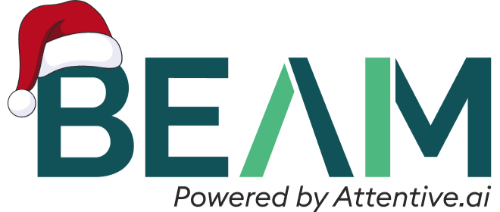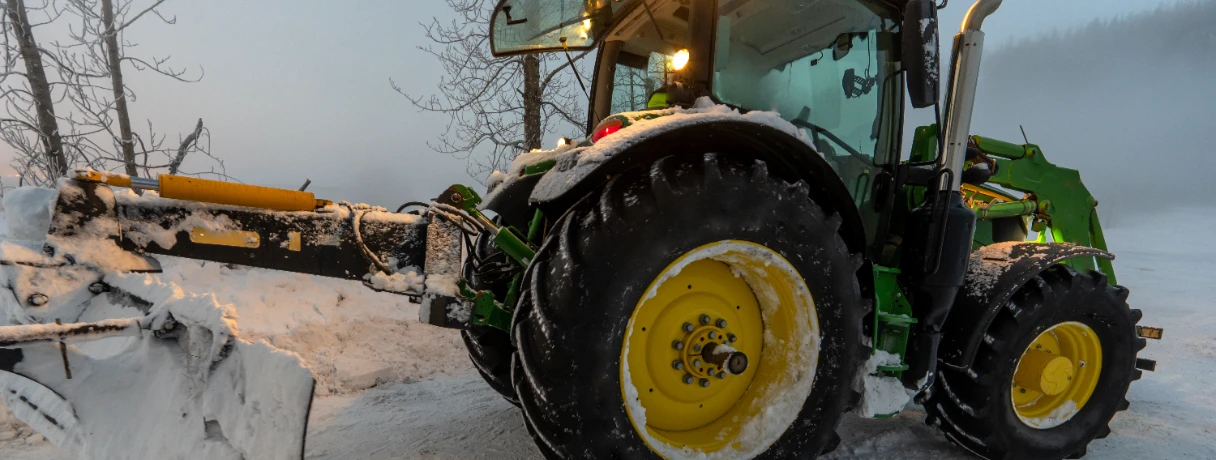On a major construction project last year, a single miscalculated measurement, off by just a few centimeters on a critical component, led to weeks of rework and an unexpected cost spike of over $250,000.
No one spotted the error during the tender stage; by the time it surfaced, it was too late to fix it without serious financial pain. Situations like these raise a tough but necessary question: How can contractor risk sharing be improved and could risks be shared more fairly to lower project costs through clearer takeoff responsibility and better addenda handling ?
Small mistakes at the tender stage often snowball into large-scale cost overruns, legal disputes, or design rework. By the time they’re caught, profit margins shrink, timelines slip, and reputations suffer.
That’s why the conversation is shifting. Today, professionals are asking: Will takeoff errors happen? How can we detect and manage these risks by planning ahead? Keep reading to uncover where the real risks lie and how AI can improve your planning and ensure ideal risk allocation in tenders.
Traditional Models for Risk Allocation in Tenders
In construction, risks aren't unexpected–they come with every project. From weather project delays to material shortages to design errors, projects rarely unfold exactly as planned. This is where risk allocation in tenders becomes crucial. It means assigning potential risks to the party best equipped to handle or control them.
A Simple Example
Suppose your site is known for heavy rains. If construction gets delayed due to weather, who should bear the cost — you or the contractor?
Well, weather is generally considered an uncontrollable risk. Often, the contract specifies that delays from “force majeure” don't penalize the contractor, but costs still need to be discussed. Maybe you pay for extra time, and in case of contractor risk sharing, you split it.
Good risk allocation in tenders ensures everyone knows their responsibilities upfront from the initial tender stage i.e. the phase before a construction contract is signed and when contractors are invited to bid on a project. It reduces disputes, saves money, and keeps relationships from falling apart.
Who Owns the Measurement Errors Risk?
In construction, the distribution of risk can vary depending on the type of contract and the specific requirements of the project. Here’s a general breakdown of who typically bears which risks:

In most tenders, measurement error liability rests with the subcontractor. That’s why reviewing all plans, catching late-stage addenda, and using accurate takeoff tools isn’t just best practice — it’s financial protection.
Boston’s Big Dig – A Cautionary Study in Measurement and Planning
The Central Artery/Tunnel Project—commonly known as the Big Dig—was one of the most ambitious infrastructure undertakings in U.S. history. Launched in the early 1990s, it aimed to reroute Boston’s aging and congested elevated highway (I-93) through a series of underground tunnels to improve traffic flow and urban aesthetics.
◉ The Issue
The project was riddled with measurement errors and quality control failures:
- Tunnel misalignments occurred due to inaccurate surveying, causing delays and expensive corrections.
- Use of substandard materials, like weak concrete, led to long-term structural issues.
- A 26-ton ceiling panel collapse in 2006, caused by improper anchoring, resulted in a fatality and intensified public scrutiny.
◉ Impact
The Big Dig faced:
- Massive delays, legal disputes, and constant repairs.
- Reputational damage to involved contractors and agencies.
- Long-term financial strain on public funds.
◉ Key Lesson
Accurate measurement and oversight are critical. Even small miscalculations in large-scale projects can lead to massive financial and safety consequences.
Best Practices for Fair Risk Allocation
Whether you're an estimator, project manager, contractor, or owner, here’s how you can approach it strategically:

1. Start with Clear Risk Identification
Outline potential risks early, such as delays, site surprises, or design changes, so they can be addressed before contracts are signed.
2. Assign Risks to the Right Party
The best risk management happens when responsibilities match expertise. For example, design errors belong with designers, while material delays might sit with suppliers.
3. Build Balanced Contracts
A well-drafted contract is fair to all. Avoid offloading every risk onto the subcontractor or supplier—this often backfires. Include sensible clauses for things like delays beyond control (force majeure) and price adjustments.
4. Adopt Collaborative Approaches
Integrated teams and open communication reduce finger-pointing. Partnering models, like NEC or design-build frameworks, help align incentives and encourage joint problem-solving.
5. Leverage Technology for Accuracy and Transparency
AI-based takeoff software changes the takeoff process drastically for estimators and contractors. By fully automating the takeoff process, it does the heavy lifting of taking off quantities. Yes! AI-based takeoff software like Beam AI does takeoffs for you & shares a takeoff validated by an experienced estimator to guarantee complete accuracy.
How AI is Transforming Risk Management in Takeoff Processes?
AI-based software such as Beam AI performs the takeoff accurately, the software auto-reads specs and notes across 100s of sheets to factor in all key details. With takeoffs automated, estimators save more than 90% of their time, as all they need to do is review the takeoffs and plug the data into their estimating software to prepare estimates. This way, estimators can spend more time doing strategic tasks such as fine-tuning estimates, value engineering, procuring material costs, and raising tender queries.
With Beam AI, you can easily get your takeoffs in just 4 simple steps. The AI-based takeoff software completely automates the process and delivers the outcome within 1-3 days, depending on the complexity of the project. This is all you need to do:
- Upload the site plan in PDF format
- Define the scope of work and hit submit
- AI takes quantities off the plans
- An expert estimator reviews and delivers your takeoff in 1-3 days
Final Words
In conclusion, measurement errors in construction tenders can lead to significant financial and reputational damage if not addressed early. By adopting clear risk allocation strategies, leveraging technology like AI, and promoting collaboration, companies can minimize these risks and ensure smoother project delivery.
AI-based takeoff software, such as Beam AI, automates the process, saving 90% of the time and increasing accuracy. Don’t let small mistakes turn into big problems—start using Beam AI today to safeguard your construction projects and protect your margins. Experience Beam AI now!



.webp)






.png)


.webp)

